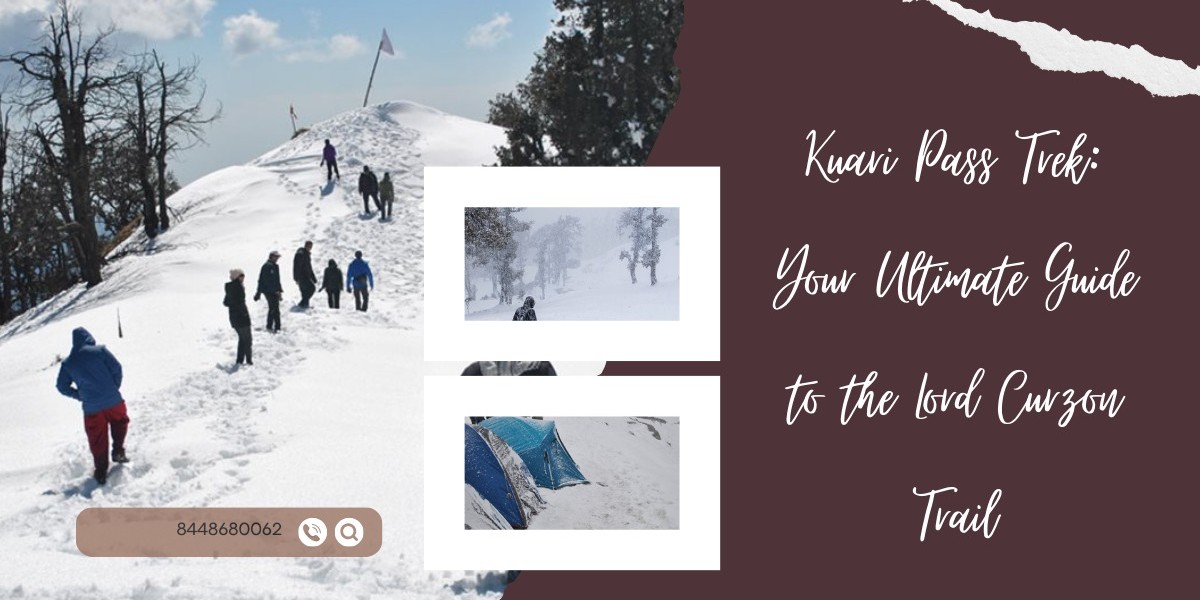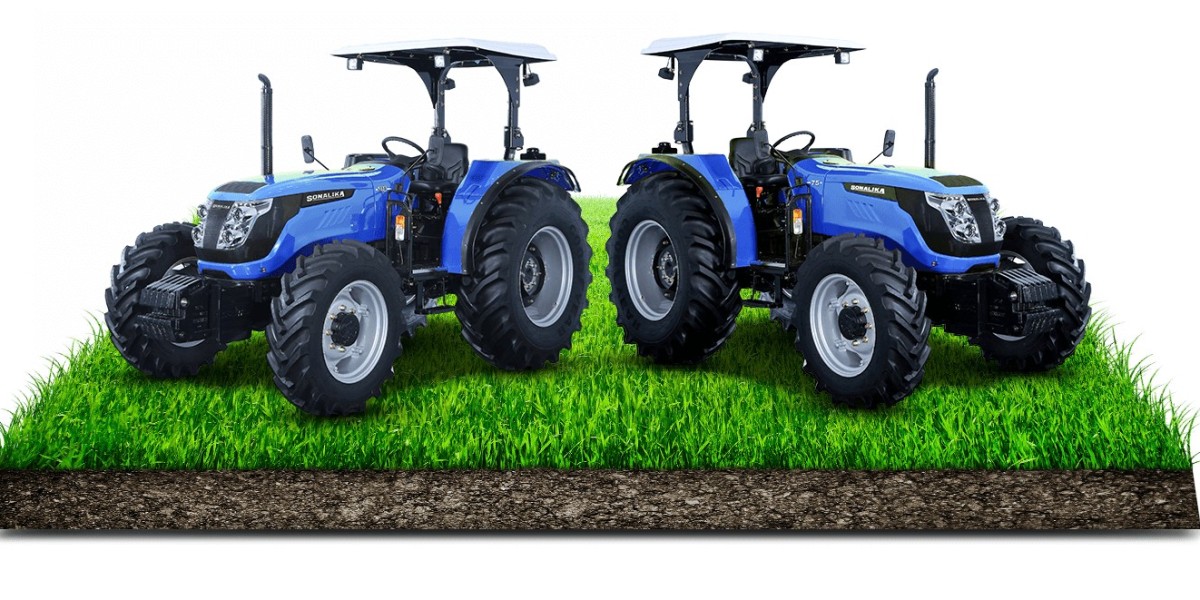The Kuari Pass Trek, also known as the Lord Curzon Trail, is a captivating journey through the Garhwal Himalayas of Uttarakhand, India. This trek is famous for its panoramic views of some of the highest peaks in India, including Nanda Devi, Kamet, Trishul, and Chaukhamba. The Kuari Pass Trek offers a unique blend of stunning landscapes, rich cultural experiences, and thrilling adventure, making it a perfect choice for both beginners and experienced trekkers. In this comprehensive guide, we will explore everything you need to know about the Kuari Pass Trek, from the best time to visit to the trekking route and essential tips.
1. Introduction to the Kuari Pass Trek
The Kuari Pass Trek, located in the Nanda Devi National Park, is one of the most popular trekking routes in the Indian Himalayas. The trek was first explored by Lord Curzon, the then Viceroy of India, in the early 20th century, and since then, it has attracted trekkers from all over the world. At an altitude of about 12,516 feet (3,815 meters), the Kuari Pass offers breathtaking views of the surrounding Himalayan peaks, dense forests, and charming villages, providing a perfect blend of natural beauty and cultural immersion.
2. Best Time to Visit Kuari Pass Trek
The best time to undertake the Kuari Pass Trek is during the months of April to June and September to November.
Spring (April to June): This is the ideal time for the trek as the weather is pleasant, and the trail is adorned with blooming rhododendrons and other wildflowers. The clear skies offer magnificent views of the snow-capped peaks.
Autumn (September to November): Another excellent time for the trek, the autumn season provides crisp air and clear skies, making it perfect for photography. The post-monsoon greenery adds to the charm of the landscape.
Winter (December to March): The Kuari Pass Trek is also popular in winter, especially for those who enjoy snow trekking. The landscape is covered in a blanket of snow, offering a magical winter wonderland experience. However, this period is more challenging due to the cold and snow-covered trails.
3. How to Reach the Kuari Pass Trek
To start the Kuari Pass Trek, trekkers usually reach Joshimath, which serves as the base camp. Here’s how you can get to Joshimath:
By Air: The nearest airport is Jolly Grant Airport in Dehradun, approximately 270 kilometers from Joshimath. From the airport, you can hire a taxi or take a bus to Joshimath.
By Train: The nearest railway station is Rishikesh, about 250 kilometers from Joshimath. From Rishikesh, buses and taxis are available to reach Joshimath.
By Road: Joshimath is well-connected by road to major cities in Uttarakhand. Regular buses and taxis are available from Rishikesh, Haridwar, and Dehradun to Joshimath.
4. Kuari Pass Trek Itinerary
The Kuari Pass Trek typically takes around 6 to 7 days, depending on the chosen route and the pace of the trekkers. Here’s a standard itinerary for the Kuari Pass Trek:
Day 1: Arrival at Joshimath (6,725 feet) Arrive at Joshimath, the base camp for the trek. Spend the night in a guesthouse or a hotel in Joshimath. Use this day to acclimatize and explore the town.
Day 2: Joshimath to Dhak Village (6,800 feet) and Trek to Gulling Top (9,600 feet) After breakfast, drive from Joshimath to Dhak Village, which takes about an hour. The trek begins from Dhak Village with a gradual ascent through dense forests and small hamlets. After trekking for about 4 to 5 hours, reach Gulling Top and set up camp for the night.
Day 3: Gulling Top to Tali Forest Camp (11,000 feet) The trek continues through thick oak and rhododendron forests. As you gain altitude, the views of the surrounding peaks become more prominent. After trekking for about 5 to 6 hours, reach Tali Forest Camp, where you will spend the night.
Day 4: Tali Forest Camp to Kuari Pass (12,516 feet) and Back to Tali Forest Camp This is the most challenging day of the trek as you make your way to the Kuari Pass. The trail offers panoramic views of the Himalayas, and as you reach the pass, you are rewarded with a breathtaking view of the peaks. After spending some time at the pass, trek back to Tali Forest Camp for the night.
Day 5: Tali Forest Camp to Khullara Top (12,200 feet) and Trek to Auli (8,200 feet) The trek from Tali Forest Camp to Khullara Top is relatively easy, with a gradual ascent. From Khullara Top, start descending towards Auli, a famous ski destination. The trail offers stunning views of the Nanda Devi peak. Upon reaching Auli, spend the night in a guesthouse or camp.
Day 6: Auli to Joshimath After breakfast, take a short drive back to Joshimath. You can spend the day exploring the local market and visiting the temples in Joshimath. Stay overnight in Joshimath.
Day 7: Departure from Joshimath After breakfast, depart from Joshimath for your onward journey.
5. What to Pack for the Kuari Pass Trek
Packing the right gear is essential for a safe and comfortable trekking experience. Here’s a list of essentials for the Kuari Pass Trek:
- Clothing: Layered clothing is ideal for trekking in the Himalayas. Carry thermal wear, fleece jackets, waterproof jackets, and comfortable trekking pants. Also, pack gloves, a woolen hat, and extra pairs of socks.
- Footwear: A sturdy pair of trekking shoes with good grip is a must. Also, bring along a pair of comfortable sandals or flip-flops for the campsite.
- Backpack: A backpack with a capacity of 40-50 liters is sufficient for carrying your essentials. Also, bring a small daypack for short hikes.
- Camping Gear: If you’re not opting for a guided trek, carry a tent, sleeping bag, and sleeping mat.
- Personal Items: Pack toiletries, sunscreen, a first aid kit, water bottles, snacks, a flashlight, and a multi-purpose tool.
- Trekking Poles: Trekking poles provide stability and reduce the impact on your knees during steep ascents and descents.
6. Accommodation and Meals on the Trek
Accommodation on the Kuari Pass Trek is primarily in tents or local guesthouses. Joshimath has a range of hotels and guesthouses where you can spend the night before starting the trek. During the trek, you will camp at designated campsites such as Gulling Top, Tali Forest Camp, and Auli. Meals are usually simple and consist of local cuisine, including rice, chapati, lentils, and vegetables. If you’re trekking with a guide, they will typically arrange meals for you.
7. Safety Tips for the Kuari Pass Trek
- Acclimatize Properly: The Kuari Pass Trek involves significant altitude gain. It's important to acclimatize to the altitude to prevent Acute Mountain Sickness (AMS). Spend a night at Joshimath before starting the trek and ascend gradually.
- Stay Hydrated: Drink plenty of water to stay hydrated and avoid altitude sickness.
- Trek in a Group: It's always safer to trek in a group or with a local guide who is familiar with the terrain.
- Weather Check: Check the weather forecast before starting your trek. Avoid trekking during heavy rainfall or snowfall.
- Respect Nature: Follow Leave No Trace principles. Carry back all your waste and avoid damaging the natural surroundings.
8. Cultural Insights and Local Experiences
The Kuari Pass Trek also offers a glimpse into the local culture of Uttarakhand. The trek passes through several remote villages where you can experience the traditional lifestyle, cuisine, and customs of the local communities. The villagers are warm and hospitable, and interacting with them can provide a unique cultural experience. You can also visit the famous Nanda Devi Temple in Joshimath, which is considered one of the holiest temples in the region.
9. Why Choose Kuari Pass Trek?
The Kuari Pass Trek is an excellent choice for both beginners and experienced trekkers. It offers stunning landscapes, from dense forests to expansive meadows, and majestic views of the Himalayan peaks. The trek is relatively easy, making it suitable for families and solo travelers alike. Moreover, the opportunity to experience the rich culture of the local communities adds a unique dimension to the adventure.
10. Conclusion: The Perfect Himalayan Adventure
In conclusion, the Kuari Pass Trek is a captivating journey that promises an unforgettable experience in the heart of the Himalayas. Whether you're looking to escape the hustle and bustle of city life, connect with nature, or simply embark on a new adventure, this trek has something for everyone. So, pack your bags, lace up your boots, and get ready to explore the breathtaking beauty of the Kuari Pass Trek.









